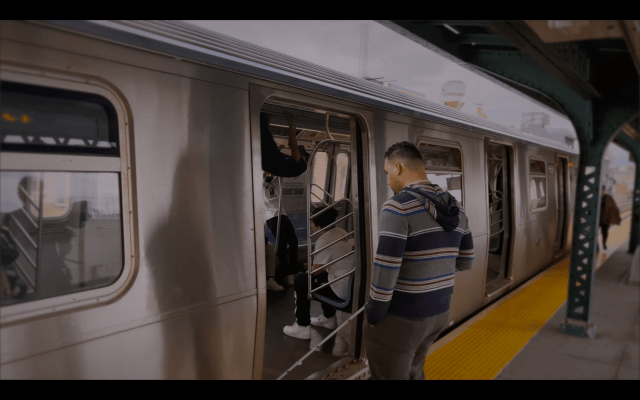Intel-owned Moovit, a mobility-as-a-service (MaaS) provider with a globally popular trip planning app, has partnered with WeWALK, a smart cane company, to help visually impaired people reach their destinations safer and more efficiently.
WeWALK’s app will now be integrated with Moovit’s Transit API, which combines official local transit agency information with crowdsourced information to get the best route for each journey, so that visually impaired users can navigate safely on public transit, according to Jean Marc Feghali, WeWALK’s R&D lead.
The partnership follows several Moovit integrations with micromobility companies, such as Lime, Bird and, most recently, Superpedestrian, to display their shared electric scooters and bikes within the app. Moovit has also launched new business units, such as on-demand transit for riders in transit deserts, as well as a partnership with Mobileye, another Intel company, to provide an autonomous ride-hailing service.
It seems Moovit, which currently operates in 3,400 cities, is trying to be everywhere and cater to everyone, and that definitely should include the visually impaired. Transportation tech specifically geared toward the disability community isn’t exactly plentiful, but a few helpful innovations are starting to crop up. For example, Ashirase, a Honda incubation, recently launched with an in-shoe navigation system that is somewhat similar to WeWALK’s cane.
While the cane itself provides analog ground-level obstacle detection via the shaft, the smart device attached to it provides upper body obstacle detection that’s facilitated by an ultrasonic sensor. The user is warned about obstacles detected at various distances through haptic feedback generated by vibration motors built into the cane.
“Indeed, WeWALK can do much more, including providing directions to bus stops,” Feghali told TechCrunch. “Through Bluetooth, the smart cane connects to our WeWALK smartphone app, which we consider to be one of the most comprehensive and accessible visually impaired navigation apps available. Our app integrates with the Moovit service and our custom-built navigation engine and app interface to provide walking and public transport navigation and urban exploration features.”
Once users put their destination in the app and select the route, the cane guides the user on their journey step-by-step through audio directions and low vision mapping, directing users to transport stops and notifying them when the next transport vehicle is arriving. The system also alerts the user when boarding and when the user has reached their stop, so they know that they’re at the right stop and when to get off.
The best part for users is not having one hand on their phone and another on the cane. The cane has a built-in touchpad on the handle that’s connected to the app, allowing users to make gestures so they can interact with their phones to find out where they are, check transit timetables and nearby transport stops, and navigate to their destinations.
“For instance, if a user is navigating to Imperial College London, the smart cane will announce the route options and guide the user step-by-step through each phase,” Feghali said. “For walking directions, WeWALK will announce, ‘Head 12 o’clock on Buckingham Palace Road for 50 meters and turn right, 3 o’clock, onto Station Road.’ At the metro station, WeWALK will notify the user of the right train to board when it arrives and will warn the user before they need to get off.”
The timing of the partnership syncs with International Persons with Disabilities Day, to be observed on Friday, and will hopefully give visually impaired people more autonomy and freedom of movement as they try to access opportunities for employment, education and social activities.
“While blind and partially sighted people have more independence than ever before, getting around via public transit can still be daunting and overwhelming,” Yovav Meydad, Moovit’s chief growth and marketing officer, said in a statement. “Through our partnership, we aim to instill more reassurance in people by breaking down some of these mobility barriers, empowering them to access more opportunities available to them.”
